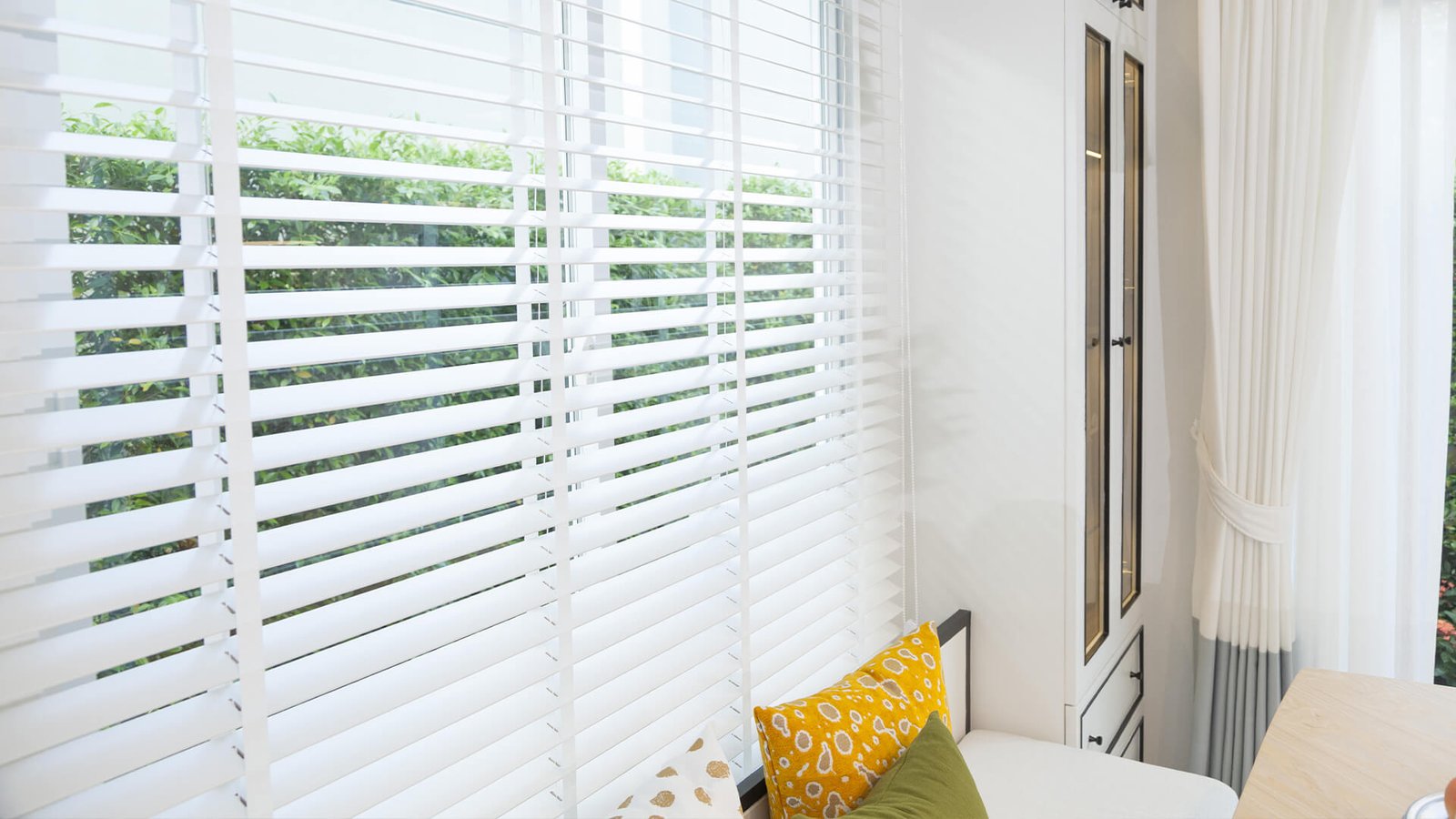Table of Contents
Just be sure you don’t confuse blinds with shades, which are made with just one sheet of material, or drapes or curtains, which are made out of fabric. If that’s not confusing enough, there are a number of styles of Select Blinds Canada. But don’t worry—we’re here to help break them all down for you.
Types of Blinds
Venetian Blinds
Contrary to their name, Venetian blinds are thought to be from Persia, not from Venice. They were brought west to Europe in the 18th Century, and they quickly became cemented as one of the most popular types of window treatments—and they’re still incredibly popular today. Venetian blinds are a series of stacked, two-inch-wide horizontal slats that are connected by cords or strips of fabric. In order to adjust the blinds, you pull the cords to either rotate the slats or bring them together and up. While Venetian blinds can come in a variety of materials, they’re often made of wood. “Venetian blinds look best on narrow windows and are typically used in bedrooms, kitchens, and home offices,” says Creech.
There are also cordless versions of Venetian blinds, which are favored by parents with young children. Between 1990 and 2015, there were 271 child deaths due to entanglement in the cords of blinds, and more than 16,000 other children were injured due to window blinds and subsequently treated in emergency rooms—most commonly they were accidentally cut by metal slats.
Mini Blinds
Mini blinds are very similar to Venetian blinds in form and function, but they feature thinner slats that are usually about one inch thick. They’re usually made out of a metal like aluminum, making them a bit more affordable than standard Venetian blinds. It also makes them easier to clean! You can also take mini blinds one step further with micro blinds, which have slats just half an inch thick.
Vertical Blinds
Vertical blinds are, as you might expect, a series of vertical slats (often made of a metal like aluminum) that hang from a track. As with Venetian blinds, the slats can be either rotated or pulled together to the side to adjust the amount of light filtering into a room. “If your home has a sliding glass door between the living room and balcony or kitchen and backyard, vertical blinds are a great option for controlling light and privacy,” says Creech.
Panel Track Blinds
Panel track blinds are a riff on vertical blinds: They comprise wide cloth slats that are a hybrid of blinds and shades. While they do hang from a track, panel track blinds are different from vertical blinds because the slats can be moved independently of one another. In vertical blinds, the slats can only be pulled to one side, but in panel track blinds, they can move in either direction, and they can even be split down the middle!
Smart Blinds
You probably already know about smartphones, smart TVs, and even smart thermostats, doorbells, and lightbulbs. But did you know that there are also smart blinds? While traditional blinds can be both hand-powered or automatic (read: you can adjust them with the press of a button, thanks to little motors), smart blinds take technology to the next level. They’re not only automatically powered, but they also can be controlled by an app or by your voice, syncing up with Apple’s Siri, Google Assistant, or Amazon’s Alexa. You can also program smart blinds to adjust according to the time of day, the amount of sunlight hitting them, or if they detect motion. Of course, these functionalities come with a much higher price tag than standard blinds with good, old-fashioned pull cords.

